A lesson in creative longevity from Paolo Fanciulli's 'House of Fish'

What do you think of when you hear the term NIMBYism?
It may well be along the lines of outraged Cotswold residents sticking it to Oxfordshire Council’s planning department. And yes, you wouldn’t be wrong.
But what if I told you there was an alternative form of NIMBYism? One motivated by the force of purpose and goodness – radical NIMBYism. Enter, Paolo Fanciulli—an Italian fisherman on a mission.
Like a seafaring Liam Neeson, Fanciulli has embarked on a passionate, decade-long project to turn the tide of illegal trawling in his local Tuscan seas.
After noticing the devastating effects of illegal fishing activity first-hand, including the destruction of essential habitats on the seabed and depleting fish stocks, the fisherman decided to take matters into his own hands.
In 2013, he launched “House of Fish”, an ethereal underwater sculpture park of marble works of art. The ‘museum’ has over 40 sculptures, including one named Weeping Guardian by British artist Emily Young, donated by artists across the world.
The sculptures not only help the return of marine wildlife, but also act as an effective carbon sink. What’s not to love?
So, ten years on, what can we learn from this unlikely source of inspiration?
A campaign with (sea) legs
This is a lesson in longevity. An underrated campaign characteristic in an industry that can be often guilty of short-termism.
Our work can be
bound by external factors
– economic headwinds, new commercial objectives, a change in personnel –
limiting our potential to realise long-term visions.
This is something that needs to be addressed, especially when staring down the barrel of a climate crisis that requires sustained long-term thinking, action and investment.
The beauty of Paolo’s campaign is freedom from these restraints, unshackled from corporate noise above the surface, it has enabled him to weather any sea change that blows his way and create a lasting legacy.
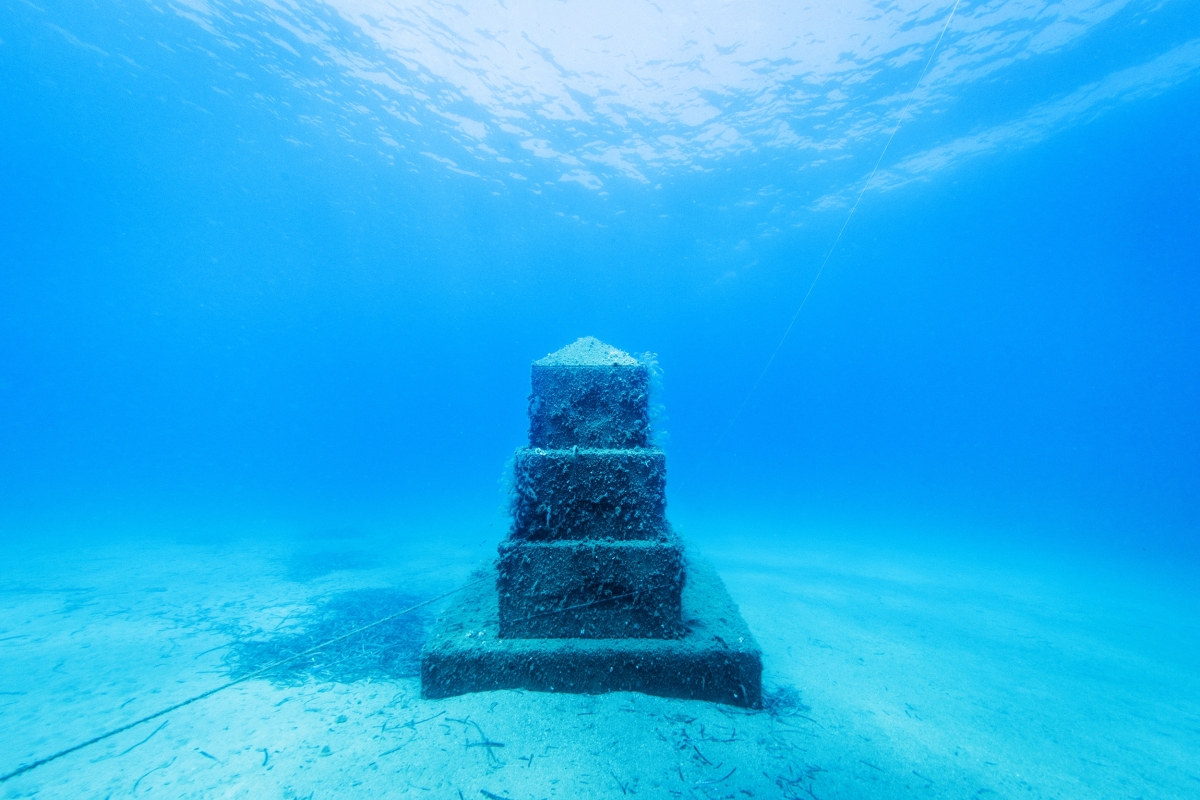
Work with porpoise
I think everyone’s tired of talking about purpose because it has been
bastardised beyond belief. But when executed authentically with
passion, it washes over you like
holy water.
Some of the best ideas invariably solve a problem and House of Fish passes with flying colours. The project has put an end to illegal trawling in the area and is now extending its reach along the coast.
The fact this is, in essence, a passion project adds another dimension—a creative team working on a cause they genuinely feel passionate about is always going to shine through in the results.
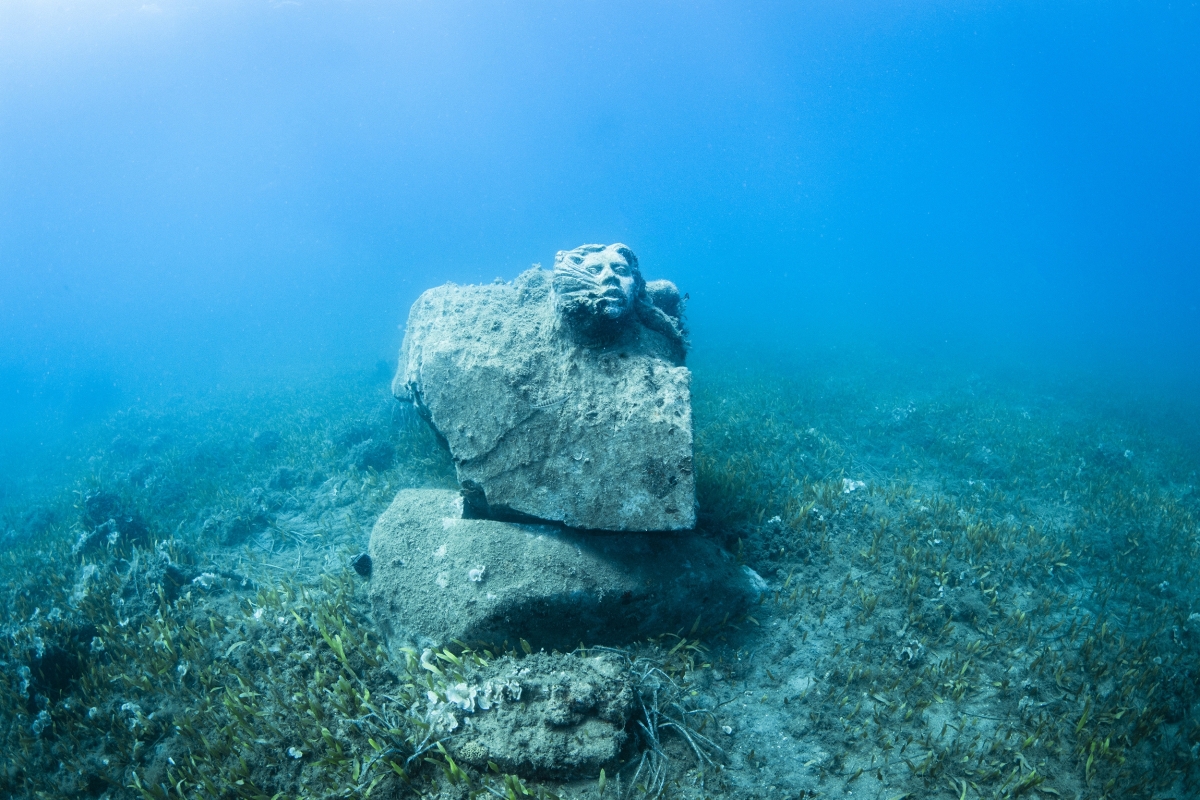
A dive of a museum
Not only are there positive environmental outcomes to the campaign, but Paulo has also provided a tourist destination for the area. The
fisherman runs diving and snorkelling
tours of the museum, bringing a further boost to the local
economy.
It’s a campaign that adds to the lives of people and nature in more ways than one – something we should strive to replicate within brand work.
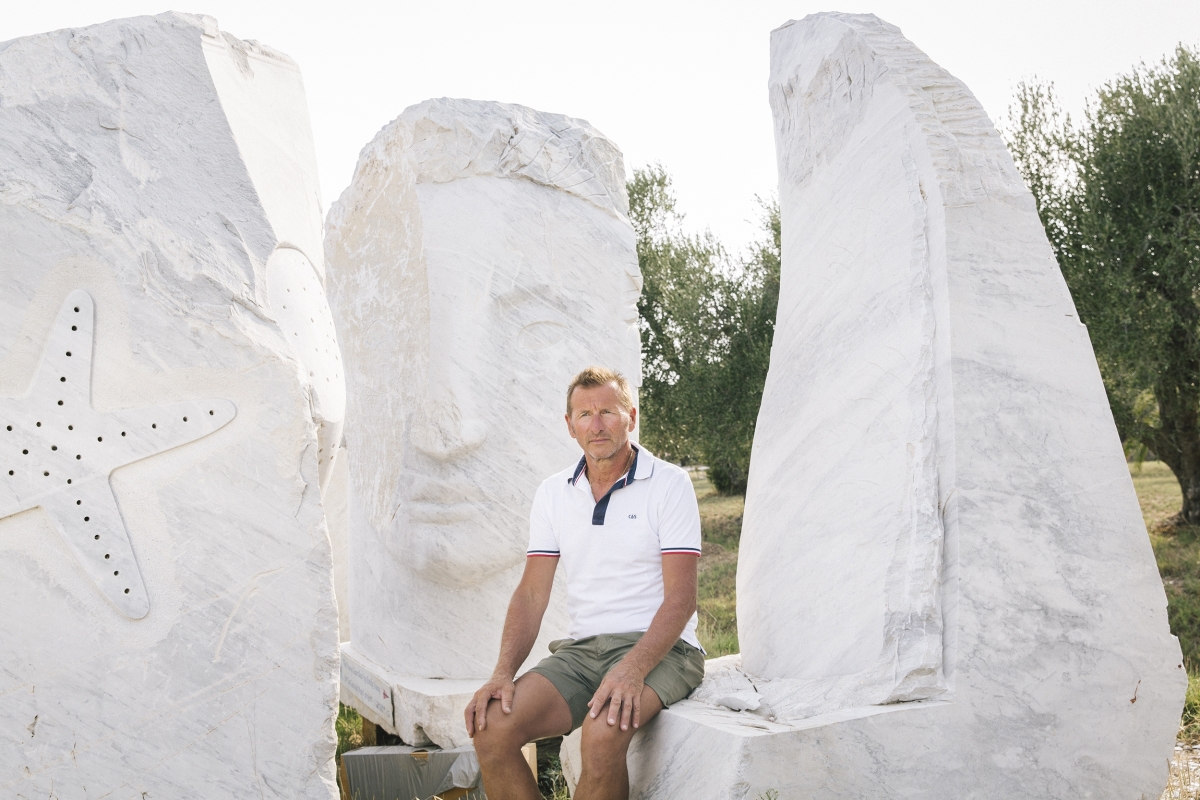
The greater good
One thing this campaign did make me reflect on was creatives utilising
their talents outside of the workplace and applying them in their civilian
lives for the benefit of
the community.
Paulo could easily have just been a fisherman but instead, he’s part-fisherman, part-activist, part creative-marketeer.
This serves as an inspiration to operate outside the conventions of the office and bring joy through creative thinking and application to a community.
Not only is House of Fish radical in its approach to ending illegal trawling, but it’s also radical in the same way a 90s Californian stoner would use the term—it's brilliant.
I leave you with one final parting lesson, never cross an Italian fisherman.
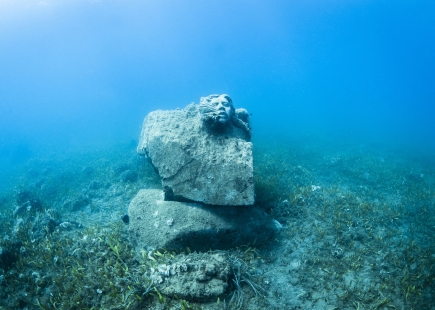
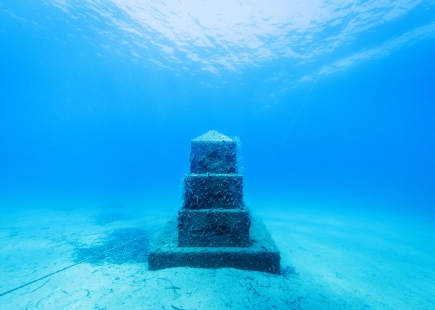
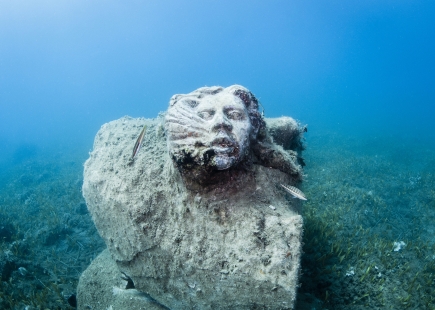
Credit for all the images: Gianni Cipriano
If you enjoyed this article, you can subscribe for free to our weekly email alert and receive a regular curation of the best creative campaigns by creatives themselves.
Published on:





